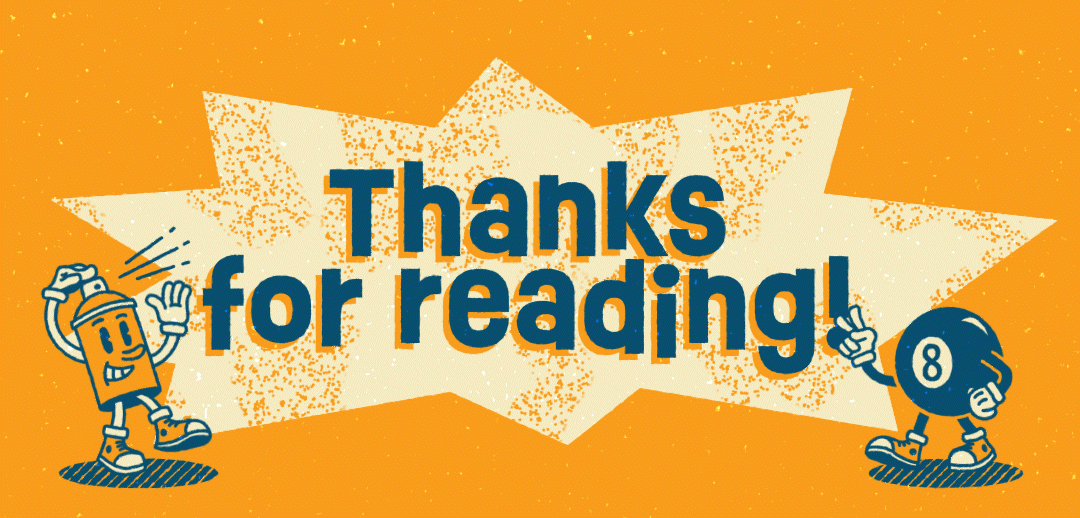They aren’t just for sports teams. From breakfast cereals and fast food to home cleaners and auto parts, mascots have been a staple in branding and advertising in a wide variety of markets. They also come in a variety of shapes and sizes. We mostly think of smiling cartoons but mascots can be 3D renders like the Charmin bears or the Kool-aid man, live-action actors like Ronald McDonald or Progressive’s Flo, or whatever Hinge’s fluffy cube is supposed to be.
But why mascots? On the surface, many of these characters appear to be frivolous and silly brand add-ons. “Why would a gecko or an emu want to sell me insurance?” Fair question. But the Geico Gecko and Liberty Mutual’s LiMu Emu aren’t really selling insurance. With their personable charm and memorable onscreen antics, these characters allow consumers to develop a deeper connection with otherwise faceless corporations and bring excitement to the products they use everyday.
It would take forever to cover a full history on how mascots have impacted our relationship with the brands we love, but here we’ll give a brief history of how some of our favorites have evolved through the years and how some new-comers are taking the role of the next level.
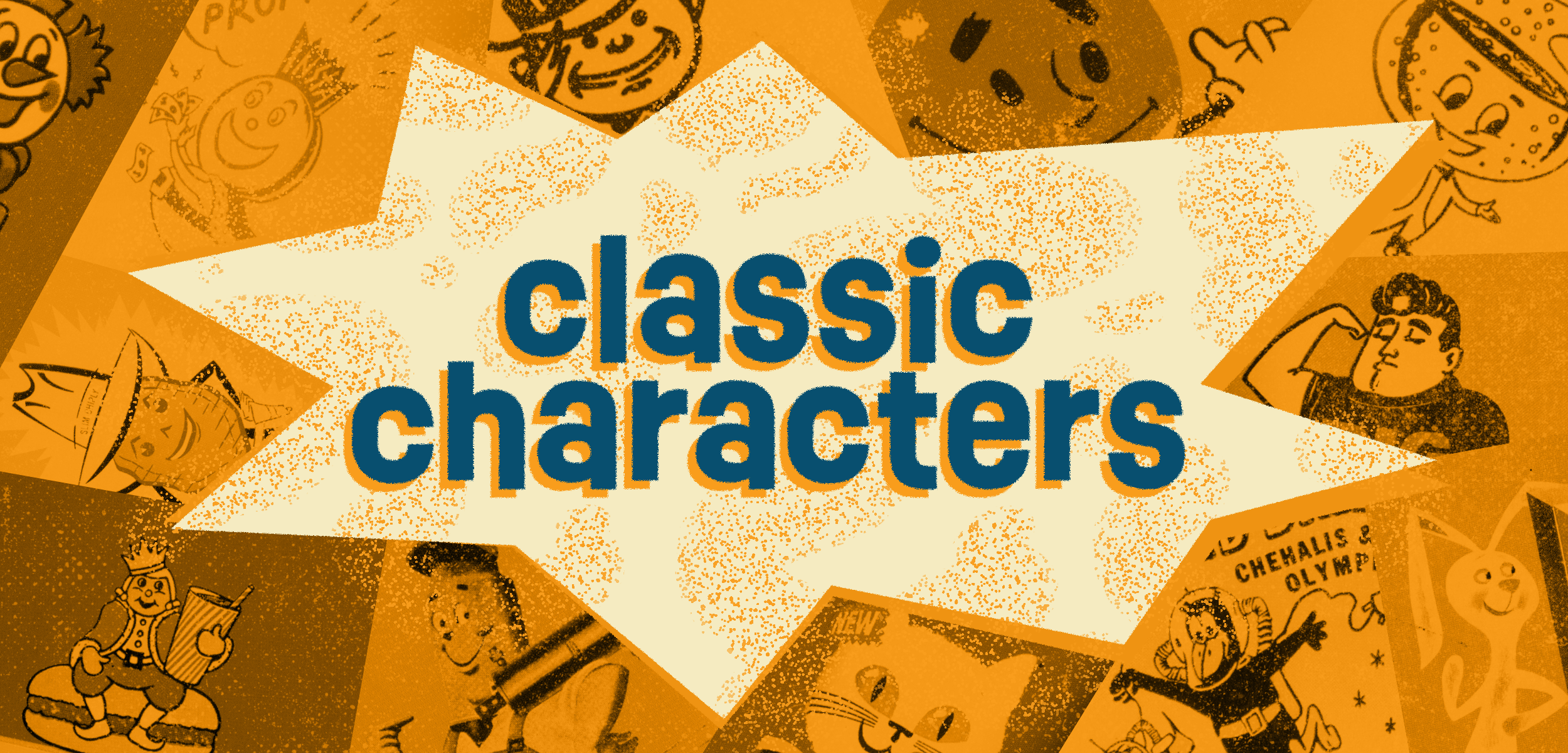
Classic Characters
Mascots representing brands and products is hardly a new idea. In fact, some mascots have served as brand ambassadors for over a century. The Michelin Man has been selling tires since his introduction in 1894, making him one of the oldest trademarks in active use today. Originally inspired by a stack of bicycle tires, Bibendum (that’s his official name) was brought to life by company co-founder Andre Michelin and French cartoonist Marius Rossillon. Over the years, he’s gone through a handful of design changes, including a switch from bicycle tires to smaller modern car tires and dropping his glasses and smoking habit. The Morton Salt Girl follows pretty closely behind, having celebrated her 100th birthday back in 2014. And how could we not mention the most iconic character of them all? It’s pretty hard to separate The Walt Disney Company from Mickey Mouse, who made his screen debut in 1928 and continues to serve as the mascot for the media superpower to this very day.
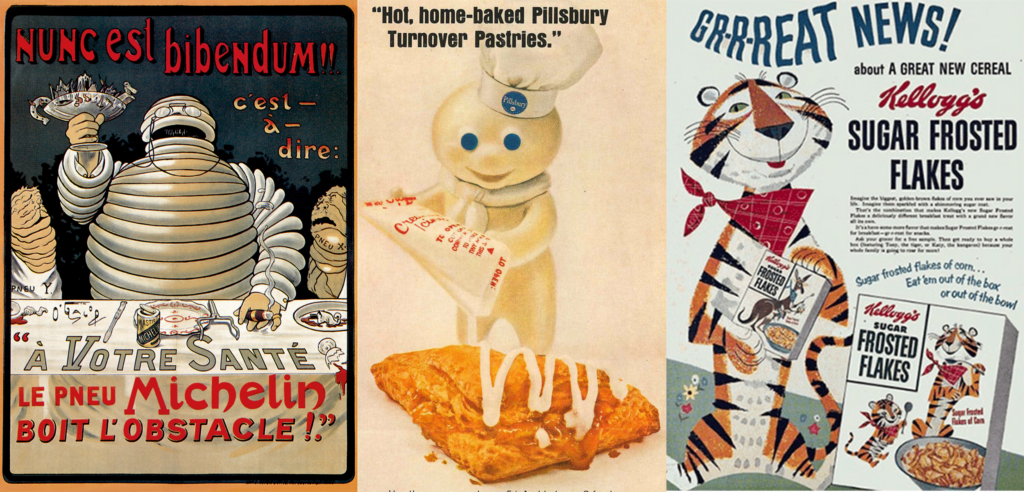
The 1950s and 60s sparked a boom in mascots following a rise in middle-class consumers and the invention of television as a means to reach them. Characters like Mr. Clean, Charlie the Tuna, and Cap’n Crunch made their tv debuts to sell us all sorts of household goods, many of which they still represent today. The power of animation and film brought a new level of personality to mascots which was used to its full advantage by advertising agencies. Static images on boxes and cans on store shelves became fully animated and voice-acted characters that felt alive and friendly. This new medium allowed for boundless creativity. Take for example the Pillsbury Doughboy. Originally conceived as another 2D cartoon, Rudy Perz of Leo Burnett fame opted to give stop-motion animation a try for his creation. Clay worked well as a dough stand-in and the creative direction helped the Doughboy stand out among other brand mascots.
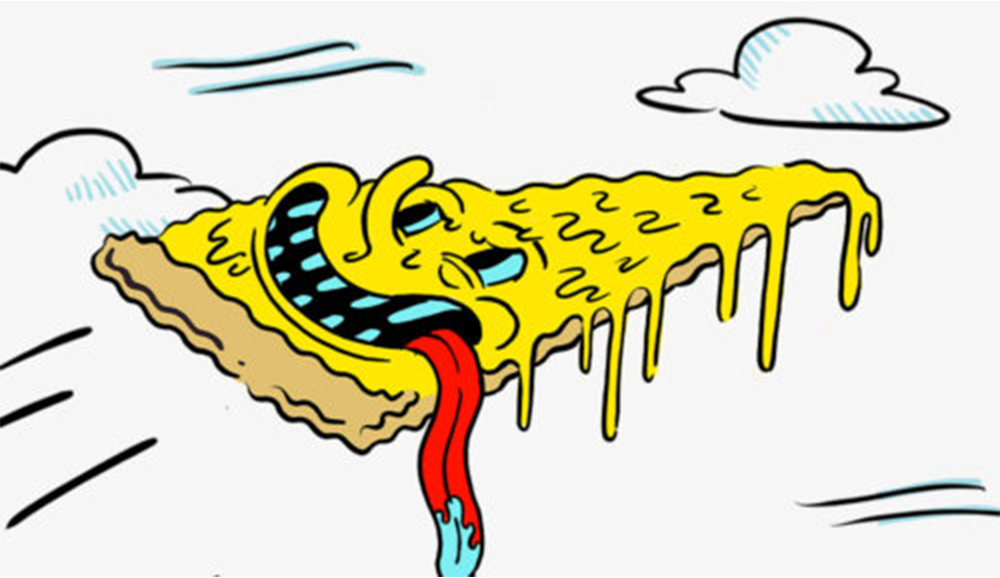
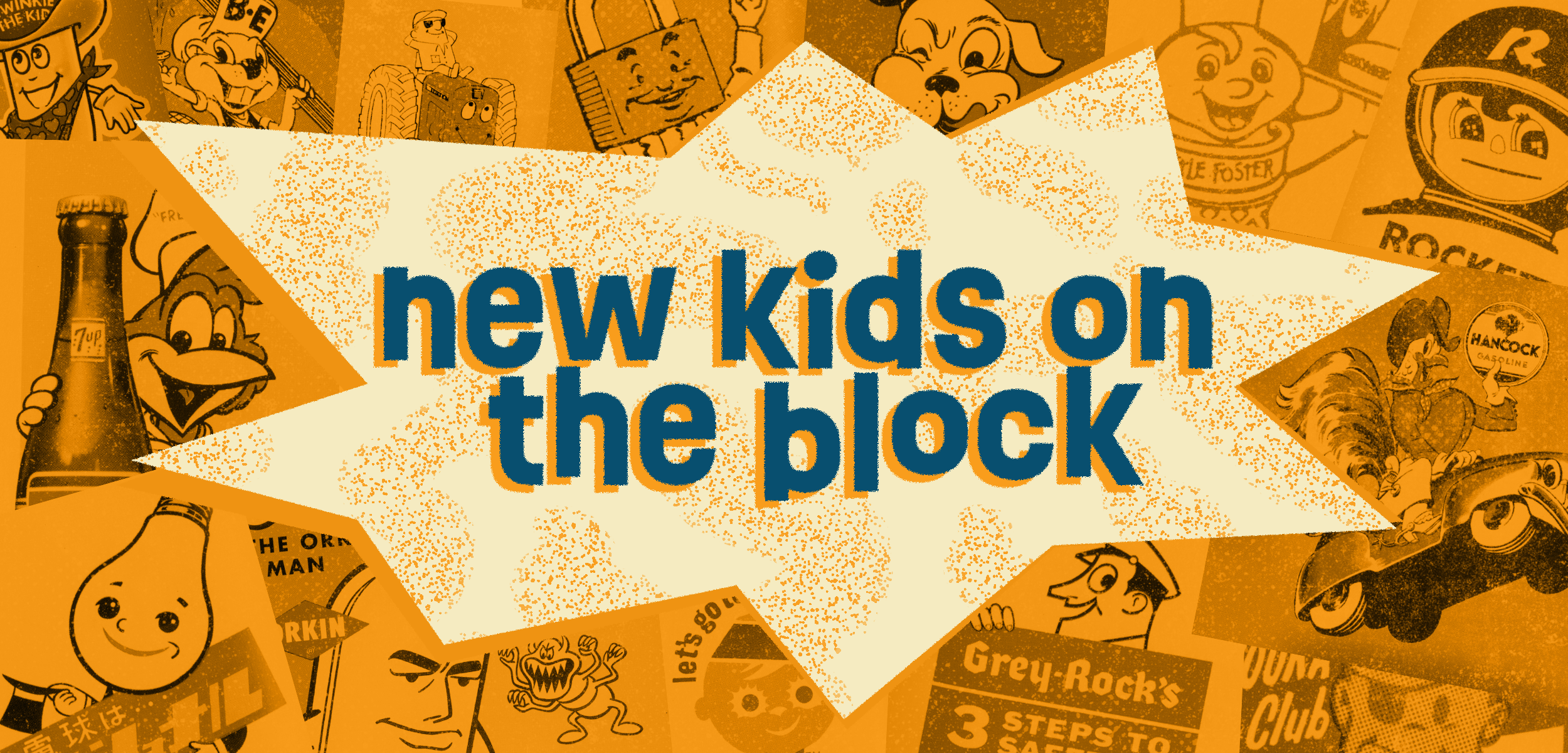
New Kids on the Block
This history of mascots is bound to the media we consume. From the motion and sound that television gave us in the 20th century, the 21st century gave rise to interactive media in the form of social media and gaming. As a result, the modern mascot has taken on a more interactive role in the way we interact with brands.
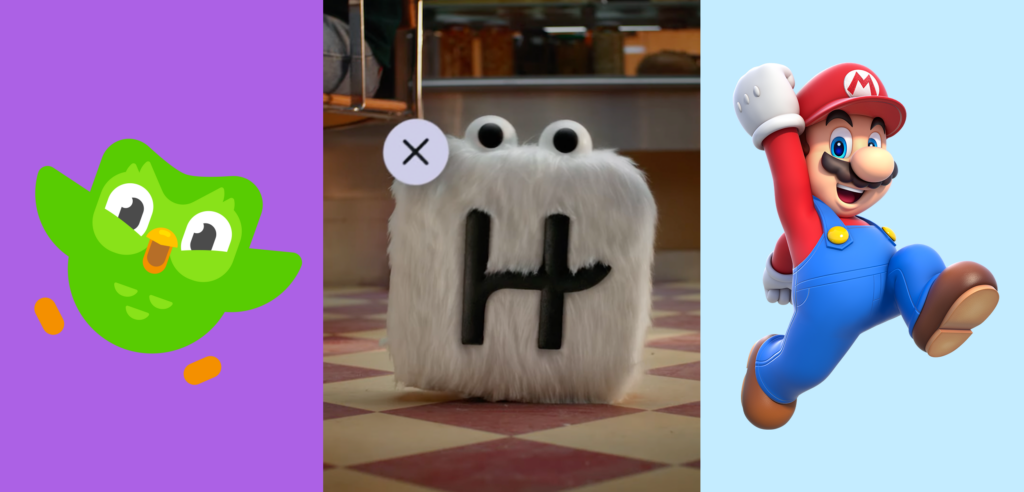
One such brand to take full advantage of the interactive power of mascots is Duolingo. Duo, an encouraging and cheerful green owl, is more than a fun symbol for the popular language-learning app. Duo serves as a guide and cheerleader for learners through text reminders and lesson reviews in-app, present for every milestone of learning a new language. Without Duo, the user-experience of Duolingo would be fundamentally different and arguably way less fun. Even if you aren’t trying to brush up on a foreign language, chances are you’ve still seen this owl on your phone screen. With his adorable looks and quirky personality, Duo has made himself into a TikTok star with over 3.4 million followers as of this year. The internet at large has given their own darker spin to Duo’s normally cheerful notifications. Remember to brush up on your Japanese! (Duo knows where you live…)
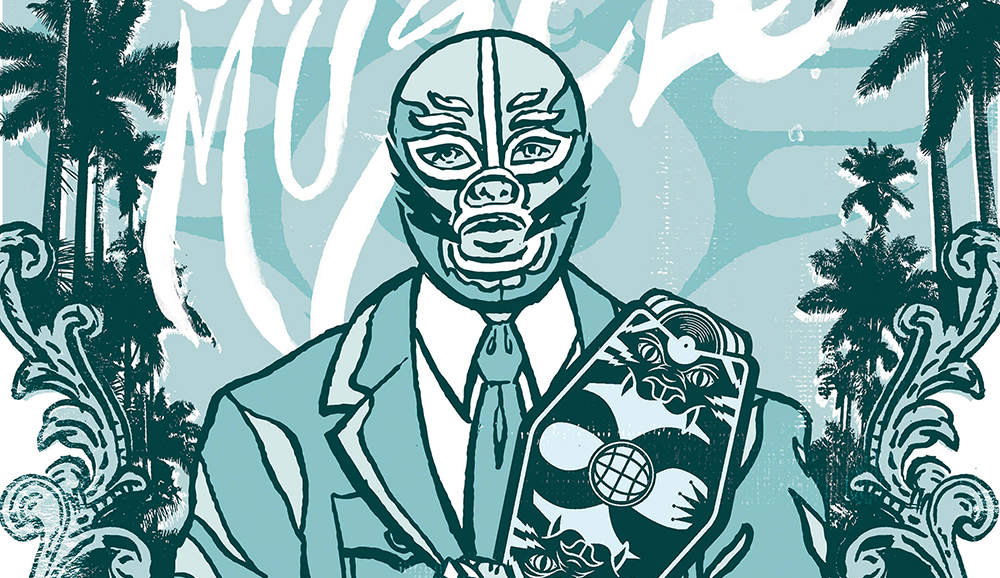
Mascots have gone from helping sell products to collaborating with the people who use them. But what if you could be put directly in the shoes of a mascot? In Nintendo’s case, the Japanese video game company puts you directly in the shoes (and hat and overalls) of Mario as you run and jump your way through the Mushroom Kingdom. Shigeru Miyamoto has made his career imagining playable mascots in a wide variety of gaming titles spanning many genres. Back in the early days of video games, fun visuals were used on the sides of game cabinets to grab the attention (and pocket change) of arcade visitors. With rudimentary CRT visuals, these cabinet visuals also helped players imagine the characters they were controlling and the worlds they were exploring. With modern visuals, games can be as realistic as films but developers continue to make games featuring playful character mascots that gamers love. Mario’s reach has gone far beyond the games he inhabits, leading to tie-ins with clothing, theme-parks, and his very own big screen debut.
From humble cartoon poster beginnings to silver-screen stardom, mascots have gone from eye-catching advertising to integral parts of some of the world’s largest brands. As the means of brand messaging and interaction evolve with us, only time will tell how mascots will impact our favorite brands in the future.
